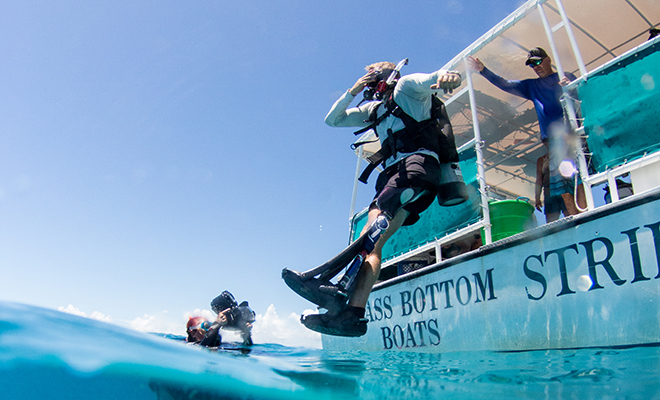
Feature
Diving Back to Health
By Steven J. Smith
On April 23, 2012, Staff Sergeant Justin Lansford saw his life change forever. health
A member of the 82nd Airborne, Lansford had joined the Army in 2010 at the age of 19 and had already done one tour of duty in Iraq. He was now on his second tour, this time in Afghanistan. Word came that a neighboring platoon was ambushed and his unit moved in to assist.
“I was machine-gunning on top of a 60-ton truck in eastern Afghanistan, when an improvised explosive device blew up under my rear axle,” Lansford said. “It flipped my truck over completely and I got crushed underneath.”
The blast blew his legs apart. Both legs were broken apart at the femur. When the truck flipped, his left leg was completely severed and his right leg, already severely damaged, was thrown up behind his neck and got pinned between his back and the truck.
“At the time, my right ankle was a kind of a Jell-O concoction,” Lansford said. “My back was broken and my lungs were collapsed. My liver was also split open. But I was lucky. The doctors managed to put all of that back together again. I’ve got a bunch of bolts and rods in my right leg, but it’s now a good leg. And I’ve now got a prosthetic for my left leg.” health
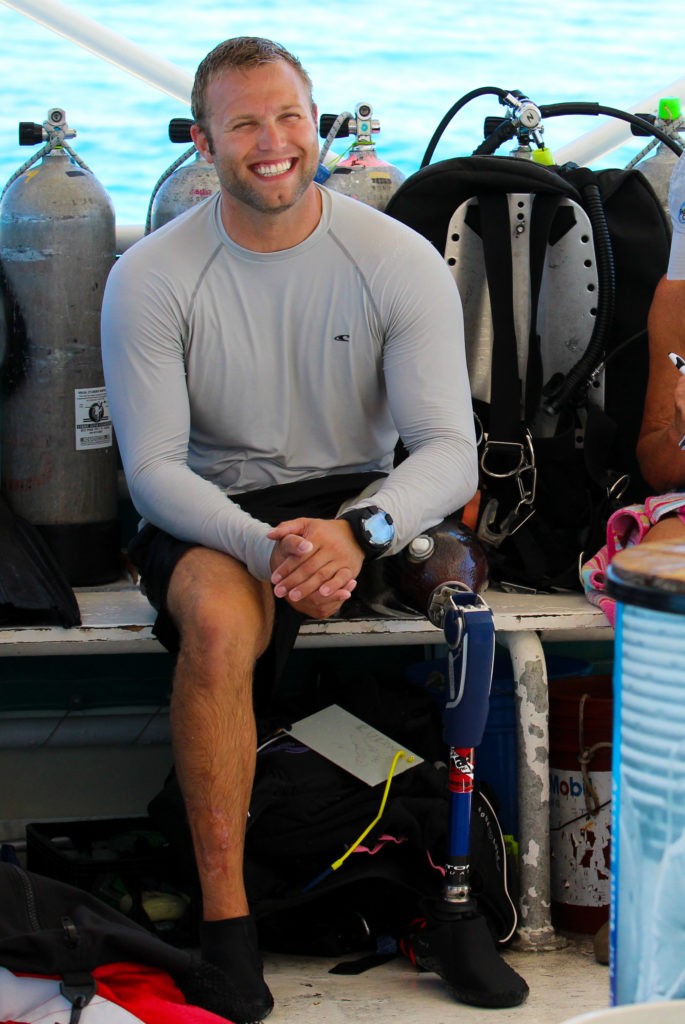
From the combined efforts from the Combat Wounded Veteran Challenge and the SCUBAnauts, Mote planted 500 Stagorn Coral on Hope Reef on Tuesday, June 27th, 2017.
After four months in the hospital and another two years in physical therapy, Lansford was retired from the Army in 2013. He was 24 and looking to start a new chapter in his life. That’s when he discovered the Combat Wounded Veteran Challenge.
“I moved to Tampa with my wife and ran into a vet at the VA hospital who told me about the CWVC,” he said. “They invited me to go on a scuba trip two years ago. I liked it and had a good time, then this past year they asked me if I’d be interested in directing it. They wanted to get the vets more involved at a cadre level, which eliminates the need to pay civilians to do the work.”
The Combat Wounded Veteran Challenge expeditions are both physically and psychologically demanding activities that serve two purposes. First, they put veterans together in adverse conditions doing work that serves science and mankind. Second, these challenges provide case studies that shed more light on the medical sciences related to the vets’ injuries. CWVC expeditions allow for gains in the fields of prosthetics, post-traumatic stress, orthotics, brain trauma and more. As the wounded vets participate in these healing activities, information is gleaned that helps heal others. health
“We have prosthetics and orthotics researchers who work with us,” Lansford said. “They spend a whole day with us in a pool and attach sensors to our bodies that record the way amputees swim. That data is then used to devise more efficient prosthetics for diving and swimming.”
“The warming of our oceans is causing a lot of degradation in the coral reefs, which won’t regenerate on their own without our help at this point.” health
Recently, members of the CWVC and SCUBAnauts International linked up with scientists from Mote Marine Laboratory for a unique mission on a reef near Summerland Key in the Florida Keys. They planted 500 corals on that reef in a single day. All together those groups have planted over 1,600 corals in an area they have named “Hero’s Reef” in honor of service members everywhere.
“The scientists explained to us the danger the coral is in,” Lansford said. “The warming of our oceans is causing a lot of degradation in the coral reefs, which won’t regenerate on their own without our help at this point.”
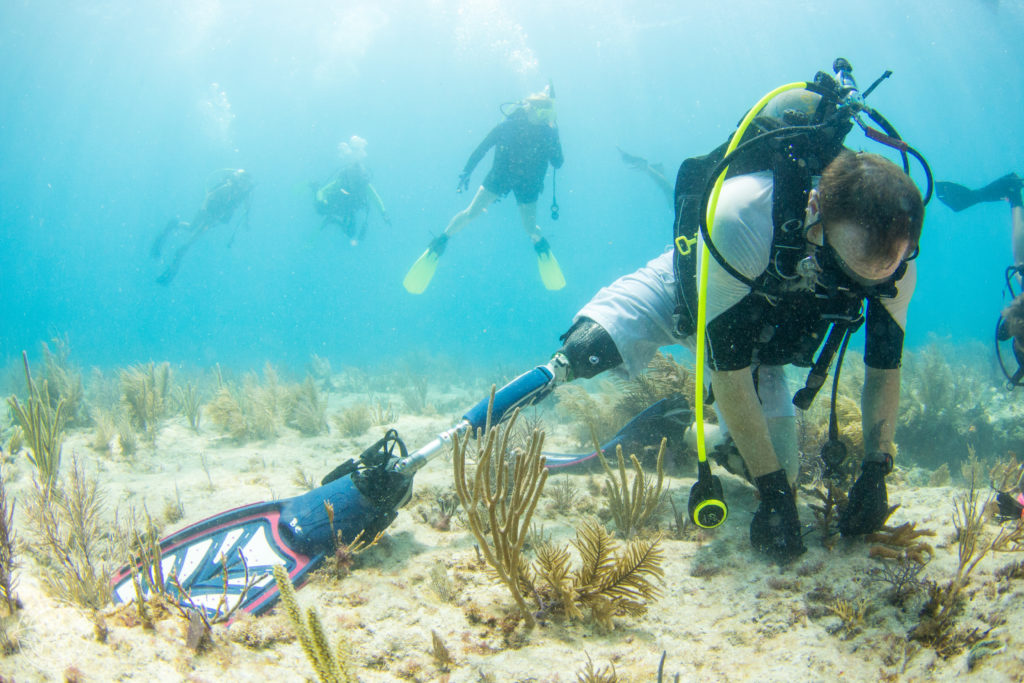
He added it is the divers’ job to introduce new, healthy coral and secure it on dying reefs.
“Those pieces will grow, then after two years or so they’ll send their reproductive material down current,” he said. “From that, they’ll be able to repopulate reefs throughout the Florida Keys. Mote’s goal is to plant a million corals. They need a regular group of people who can come down and plant it. That’s where we come in. They have the coral set out and we grab pieces of it and zip-tie it to railroad ties, which we punch into the reef about 20 feet below the surface.” health
Now 28, Lansford sees this new chapter in his life making strides to better serve mankind.
“I’ve done about 30 dives and I certainly plan on doing more,” he said. “I care about this state and I certainly care about our environment. To play a part in bettering that for everyone is really rewarding. Coral reefs help provide the oxygen we breathe. It’s an important mission to take on and I’m proud to be a part of that.”


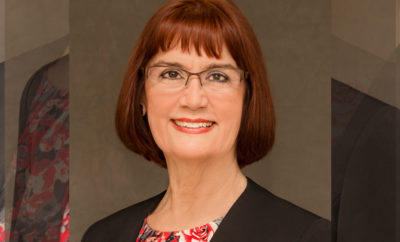
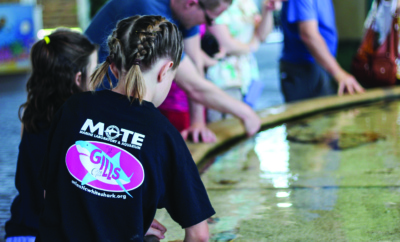
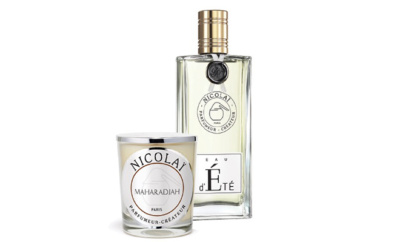

You must be logged in to post a comment Login